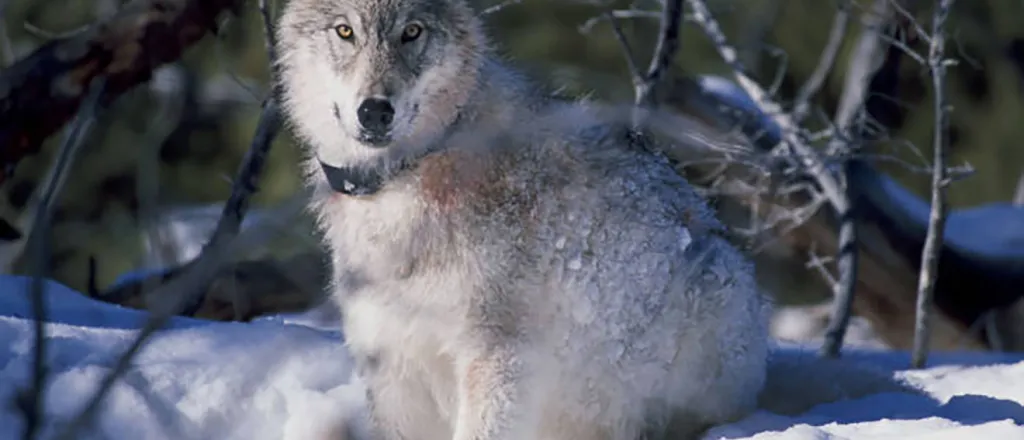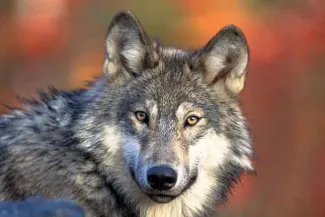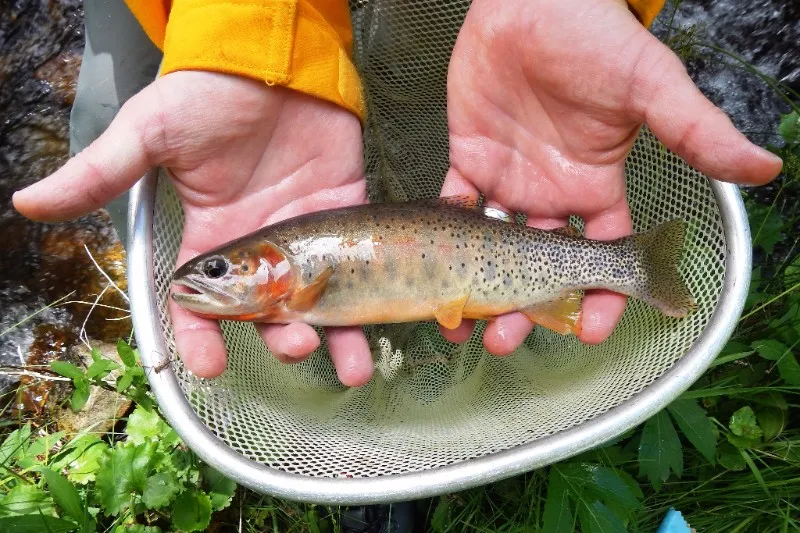
Conservationists reframe the 'big, bad wolf' narrative
Click play to listen to this article.
(Wyoming News Service) From Little Red Riding Hood to the Halloween thriller "Wolf Man," stories often paint wolves as scary creatures but conservationists argued it is the wrong view.
Most gray wolves across the contiguous U.S. are protected under the federal Endangered Species Act. An exception includes the Northern Rocky Mountain population in parts of Wyoming, Idaho and Montana, where states are in charge of managing wolf populations.

Gray Wolf. Courtesy U.S. Fish and Wildlife Service.
Eric Clewis, senior Northern Rockies representative for Defenders of Wildlife, said wolves have proved polarizing in recent years but they do not need to be.
"The preferred outlook really is just wolves as a native wildlife species on the landscape, rather than treating it as either this pure icon of wilderness or this just bloodthirsty animal that's out there trying to reduce elk or deer populations or decimate livestock," Clewis urged.
The gray wolf was one of the first species listed under the 1973 federal Endangered Species Act, when he said the population was "pretty much wiped out." He believes people should "take pride" in the recovery of the wolves so far.
Earlier this year, the U.S. Fish and Wildlife Service, which oversees endangered species, announced a first-ever National Recovery Plan for the species, with an expected completion date at the end of next year. The agency said in a news release it plans to continue to work with tribes and states to "craft enduring solutions."
Clewis argued recent actions by state agencies have been misguided.
"We've had a whole suite of bills passed in all three states that are aimed more at reducing the wolf population than actually managing it based on any biological justification or recent science," Clewis explained.
The Fish and Wildlife Service noted Idaho and Montana had recently passed laws "designed to substantially reduce" the wolf populations there, "using means and measures that are at odds with modern professional wildlife management."

















